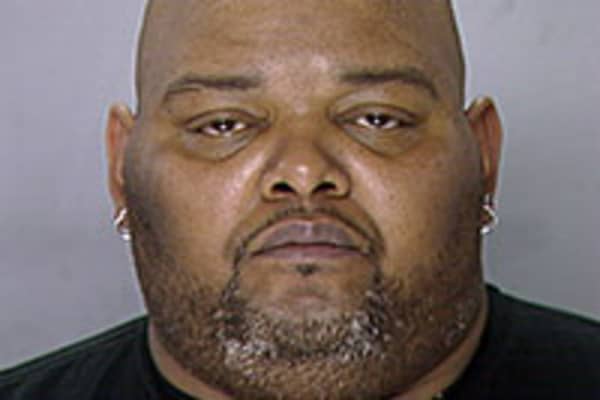On the streets of Philadelphia, Wallace “Pop” Morris Sr. ran a limousine service. It was a lucrative business carting patients to and from medical appointments. However, his real money was made with a tow truck and a scheme that landed him in prison for being the mastermind of a million-dollar insurance fraud conspiracy.
Morris would race to car accidents to be the first to arrive. He then towed the cars to a body shop for repairs and received a commission for bringing in the damaged vehicles. He typically made about 20 percent of the repair bill.
Once the vehicle was in the garage, the body shop owner would inflict more damage before repairing the car. This practice, known as damage enhancement, allowed the auto shop to bill insurance companies for more money.
However, Morris didn’t stop there. When he wasn’t making enough money off car accidents, he created his own. Working with a partner, he staged accidents and found people to pose as crash victims. After intentionally damaging the cars and creating false accident reports, Morris would file fraudulent claims with insurance companies in the victims’ names.
Crimes like Morris’ are hitting Americans in the wallet. According to the Federal Bureau of Investigation, the total cost of non-health insurance fraud is estimated to be more than $40 billion per year — that’s $400 to $700 a year per family due to increased premiums.
A runner or wreck chaser like Wallace Morris looks for car accidents and encourages those involved to seek medical treatment whether they need it or not.
“If a runner comes and finds you and says ‘no, no, no, you need treatment’ and you go get $100,000 worth of unnecessary medical treatment, someone is paying for that,” New Jersey Attorney General Jeffrey Chiesa said. “That is the pool of money that the insurance company has to pay for that treatment. The people that are in that pool with you, with the insurance company trying to determine its risk, are going to have to, at some point, account for that additional money."
“They are pushing up the price of auto coverage at a time when people are paying more for gas, and now we have to pay more for auto insurance so that really hurts,” said Dennis Jay, executive director of the Coalition Against Insurance Fraud.
If an accident occurs, consumers should be vigilant to avoid being scammed. Jay said it’s important to get the names of everyone involved in the accident and to pay attention to details.
“Take photographs because often times the injuries reported are not consistent with the amount of damage on the car. That’s a huge red flag,” Jay said. “Sometimes we see cars get into accidents that have a lot of existing damage, so if you see the car is beat up already you might be a little hesitant.”
In addition to the fraudulent car accidents and damage enhancement, Morris sent the fake victims to a crooked chiropractor to be treated for injuries that never occurred. This is a practice seen in many insurance fraud cases.
“What happens is they are encouraging people whether they are injured or not to get medical treatment and they are encouraging people whether or not they have a legitimate claim to file a lawsuit,” Chiesa said. “So that is an artificial burden that the system bears. It increases the costs.”
The fake victim is then encouraged to file a lawsuit for phony personal injury claims. In the end, everyone involved in the scam makes money.
“In some of these scams you have both the physicians and the victims working together and the lawyers, so they will all partner together,” Chiesa said. “So, the lawyer is going to get a fee from the fake case, the victim is going to get some compensation. However, he or she is undergoing medical treatment they do not need and the doctor is performing medical treatment that nobody needs.”
While Morris was carrying out his con and adding to the problem of increased insurance costs, he gave up his day job running the limousine service as a result of high insurance rates.
Morris was ultimately caught after filing a total of $1.2 million in fake insurance claims. He pleaded guilty to theft by deception in state court in 2010 and to mail fraud in federal court in 2011. He was sentenced to four-to-10 years in state prison and 33 months in federal prison. Morris was also was ordered to pay $440,000 in restitution.
“It is all about greed, so whatever is going to put money in people’s pockets, that is what they will do,” Chiesa said. “Some of them are really silly and some of them are really complex.”
To hear the full story of Wallace Morris, watch “American Greed: Crash for Cash” Wednesday, June 27 at 10 p.m. ET, with a re-air at 1 a.m. ET on CNBC.



